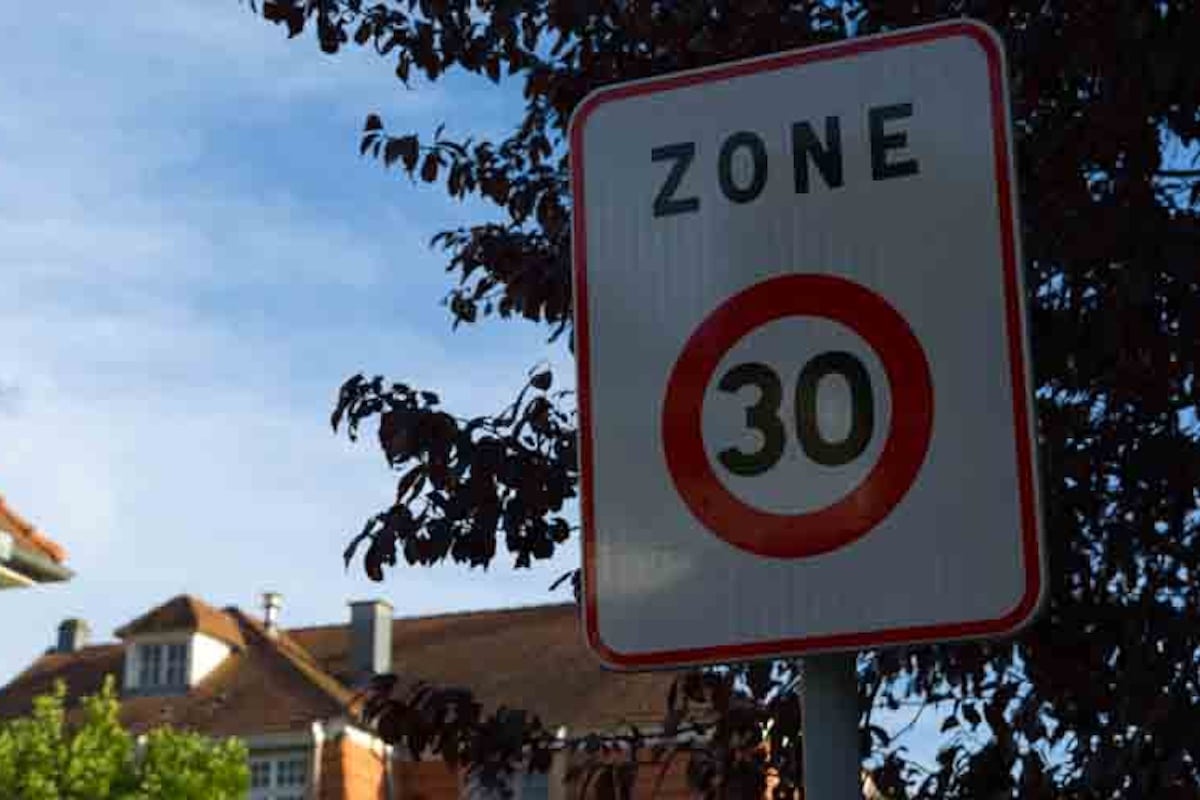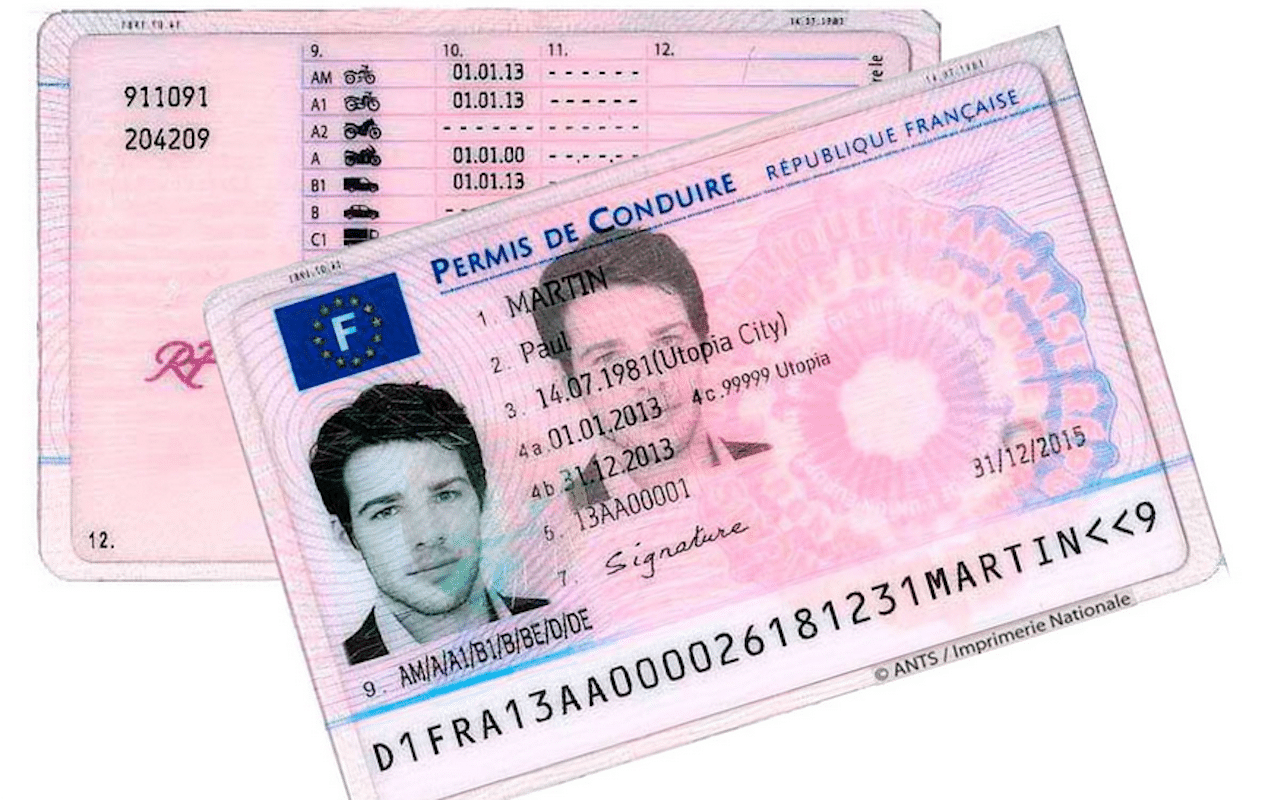Generalization of 30 km/h in cities: stupidity or a good idea?

The road safety association and 40 million motorists are clashing over the generalization of the 30 km/h speed limit in towns. Who is right?
The 50 km/h speed limit in towns was the accepted norm until the establishment of danger zones where the maximum speed has been legally reduced to 30 km/h. Areas around schools and hospitals, the presence of a large number of pedestrians, and intersections where visibility is reduced are all places where reducing speed is more than just a good idea; it is a necessity. At least this point is a consensus in both camps.
A lower speed mechanically results in reduced damage in the event of a collision, and especially shorter stopping distances. Let’s immediately dismiss the argument of better car safety and the proliferation of ADAS, those famous driving aids that reduce the risk of injury for drivers and passengers. That is not the issue here. However, if your driving instructor hasn’t told you, imagine what it’s like to collide with a wall at 10 km/h to understand what a collision at 30 km/h against a solid obstacle represents!
The question is whether this speed limit of 30 km/h should be generalized. 40 million motorists argue that it is this exceptional character that makes sense and gives effectiveness to reduced speed zones. This argument is very valid because the 30 km/h sign signals a danger zone and alerts the driver. The association also claims that driving at 30 km/h is not really beneficial in terms of polluting emissions from motor vehicles. This is again true as the bulk of pollution comes from traffic jams and successive acceleration phases, and in this case, the speed limit does not matter much. The final argument is that the number of fines can multiply by 10 in these zones, and that becomes hard to defend. An irresponsible person, to avoid being vulgar, who does not reduce their speed when approaching a school or a pedestrian zone deserves nothing better than a hefty fine.
Yes to obeying, but not blindly.
So generalizing the 30 km/h speed limit will necessarily increase the number of infractions, but when one respects speed limits, there is little risk involved. The time lost on an urban journey will be minimal as it is traffic jams that delay you, not simply lowering your speed by 20 km/h over a short distance. Even though at Mobiwisy we dislike draconian measures such as the 50 km/h limit on the ring road, we can only support this generalization.
But as thinking never hurts, we want to support the initiative of 40 million motorists on a crucial point: the use of the financial windfall from speeding fines. Driving in the city is dangerous because no effort is made to secure pedestrian traffic and users of soft mobility. And what about people with reduced mobility who are completely disregarded by public authorities! The safety of pedestrian crossings in Paris is a joke, and instead of creating real bike lanes, symbols are painted on the asphalt of narrow streets to allow bicycles to travel against traffic, which defies common sense. And what about those improvised bike lanes that congest major thoroughfares? The money from fines serves to satisfy the ambitions of an excited green minority, not to make life easier for Parisians.
So, we agree to drive slower, to prioritize public transport and soft mobility, but we need help to do so. Return the confiscated money from the most dangerous users to the virtuous ones, and everyone will be better off.
ALSO READ: The rebellion against the 50 km/h ring road reaches the Ministry
This page is translated from the original post "Généralisation du 30 km/h en ville, stupidité ou bonne idée ?" in French.
We also suggestthese articles:
Also read






